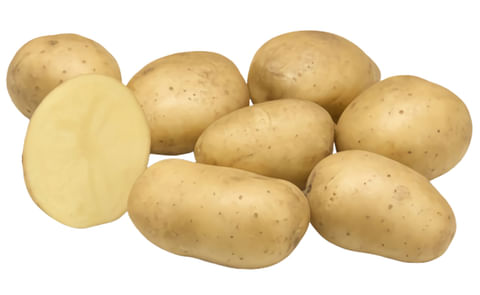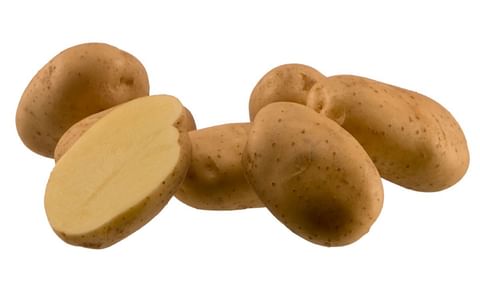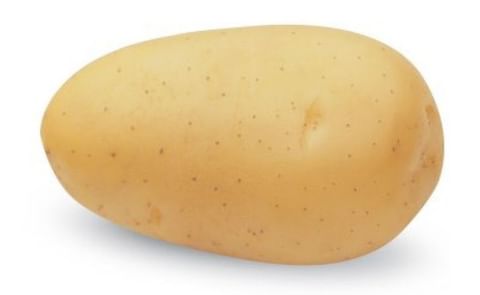Potato growers are facing many weather-related challenges and recent warm, wet weather has led to a massive increase in the number of Smith Periods this year so far, says Potato Council executive and blight specialist Gary Collins.
“There is a huge variation in Cumulative Smith Period events (the national total for all 652 postal districts) to 11 July over the past ten years, with this season being even higher than the memorably difficult start to the 2007 season, and therefore the highest since Fight Against Blight started.
“For example, by 11 July, there were 5,587 cumulative Smith Period Events, compared with just 1,034 last year.”
“The ability to respond to changing conditions is a vital element in the Fight Against Blight and local monitoring of Smith periods and outbreaks is a useful way of gauging blight pressure. Although blight pressure is generally high everywhere, local knowledge can help target the order for spraying.
“The unpredictability of blight potential can be seen by the wide variation in Smith Period Events over the past ten years. We looked at July 11, and it is clear that, not only is there high pressure, but the high pressure season has been driven by the last two to three weeks. The number of suspected blight samples sent in by blight scouts and monitors has more than doubled in a week, rising from around 40 to over 100.
“We recognise the difficulties growers may be facing getting into the field to treat crops, however understanding the level risk by continued monitoring is key to control. It’s not just a matter of looking at Smith Periods and outbreaks, but also where the outbreaks are coming from. We are seeing blight-infected volunteers and infected outgrade pile samples arriving at Fera. Outgrade pile control is especially important – and easier than volunteer control – although both can make a significant addition to the local blight pressure.
“Moreover, it is more cost-effective to treat an outgrade pile than to deal with infections in fields close by. It’s all too easy to lose focus on a small area of waste potatoes when monitoring large areas of profitable crop. However, it is worth remembering that these relatively small areas can contain a huge number of infected plants, and can be a potential source of oospores because of the close proximity of potatoes within the pile and the fact that both mating types have been found in the same outgrade pile.”
A technical note from Potato Council, which includes an extension of authorisation for minor use in the UK (EAMU) for two applications of Reglone on outgrade piles, can be downloaded from www.potato.org.uk/outgradepiles
“Blight Scouts have been very active this season and we would encourage them to keep sending samples in. Apart from confirming blight, these samples will help us to understand population changes, which is equally important whether it is a high pressure year or a low one. Due to the warm wet start, there is also the risk of oospore infections, so any scout seeing anything unusual should submit a sample.”
“Blight Scouts have been very active this season and we would encourage them to keep sending samples in. Apart from confirming blight, these samples will help us to understand population changes, which is equally important whether it is a high pressure year or a low one. Due to the warm wet start, there is also the risk of oospore infections, so any scout seeing anything unusual should submit a sample.”
Mr Collins also reminds growers that changes in late blight populations last year were spotted thanks to samples collected by Blight Scouts. “Subsequent analysis confirmed that there had been a change to 6_A1 as the most common strain of blight, possibly due to the warm dry weather at the start of last season. It’s a little early to look for population changes this season as only the earliest samples, received from Cornwall, have been analysed by the James Hutton Institute (JHI). However, results so far show strains 13_A2 and 6_A1 to be present.”
Last year, thanks to a vigilant scout, Blight Strain 33_A2 (also known as Green 33) was discovered at a site in Norfolk, late in the season, in volunteer potatoes in a carrot crop. “It is thanks to the scout who sent the sample right at the end of the season, that we know this strain is now present. What we now need to find out is how widespread it is and continued sampling, especially in East Anglia, will help to shed light on this.”
Mr Collins points out that Alternaria, also known as ‘early blight’, is perceived as an increasing threat to the cropping of susceptible varieties such as Markies along with other common susceptible varieties such as Maris Piper, Hermes, Saturna, Estima and Vivaldi.
Hot, dry weather followed by humidity, encourages the disease, initiating spore release. Left unchecked, dark brown or black target spots that appear on leaves can coalesce into lesions and spread, defoliating the canopy. Yield loss can rise to 30 per cent in severe cases.
As with late blight, fungicides are protectants and have to be applied before the disease takes hold, he warns. “The aim is to ensure the disease is controlled along with the normal late blight protection programme.”
Samples are now being collected and sent to Fera by blight scouts if they suspect the infection is caused by Alternaria. To confirm it is Alternaria, a rapid test will be developed with support from Potato Council. “This shows our industry’s reliance on Blight Scouts sending in samples from around the country that will feed into this new research that the whole of our sector will benefit from.
“I have been delighted to see a high number of new scouts this year, as this shows that the industry is still behind the campaign. Anyone wishing to be a scout should email me your address and mobile number and to request a sampling kit at gary.collins@potato.ahdb.org.uk.”













